An early start as we have a lot to see today. It had rained overnight and the morning was dull and overcast. We were told to bring umbrellas and waterproofs. It was a 3 hour drive to Mt Vesuvius, and we had a half hour toilet stop after about 2 hours. We are traveling on the Autostrada, a toll road to Naples. The weather improves a little. Before we know it we are off the autostrada and climbing a very steep and narrow road up Mt Vesuvius. We are going to the carpark, within 450 metres from the top. From there you have to walk the rest of the way. Edie decided not to even try to attempt it. I said I would see how I went. By the first 50 metres I was ready to turn back. But I pushed on, as elderly walkers kept passing me and I thought I'll just go a bit further. Sweat was pouring off me, but once I got so far I was determined to get to the top. After about 10 rest breaks I saw a building ahead. Thank God I had made it. However it had taken me so long that I didn't have time to walk around the rim.
What a shame !! The cauldron looked pretty tame seeing it is regarded at being one of the most active volcanoes in the world. It is the only active volcano on mainland Europe. The trip down was much easier however I had to watch my footing as the loose volcanic shale was quite slippery. Edie was waiting for me at the bottom of the path. She had had a great time looking around the stalls and had actually bought a volcanic rock stand for one of her crystal balls. It has skulls all around the edge.
So back in the bus and off to Pompeii. We were given time to have lunch here before joining our guide. One of the hotels offered a special lunch deal for tour groups -chips or salad followed by pasta or pizza and ice cream plus a drink for 12 euro, most of us took it. The ruins cover 170 acres but only a small area is open to the general public.The cities of Pompeii and Herculaneum were covered in ash and pumice when Mt Vesuvius erupted in 79AD. The ash was up to 20 feet deep and this helped to preserve the stone buildings beneath. About 11,000 people perished. There are still many acres to be investigated but we saw some amazing sights even though the more important and fragile exhibits were elsewhere. Never the less, we wouldn't have missed it.

 Pompeii ruins, Campania, Italy
Pompeii ruins, Campania, Italy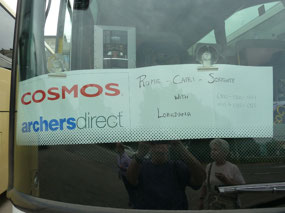





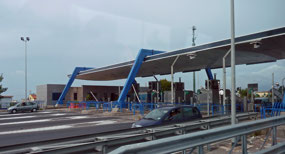
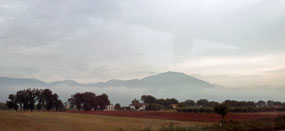
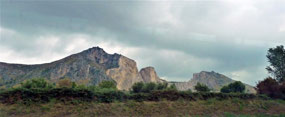
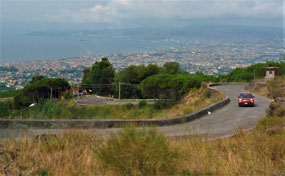
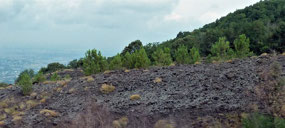
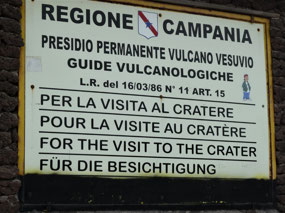
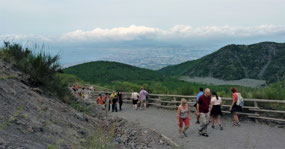
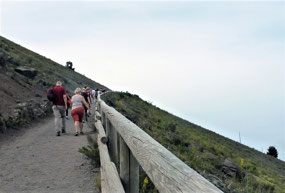
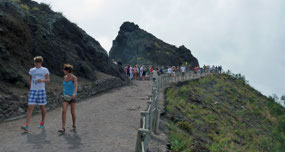
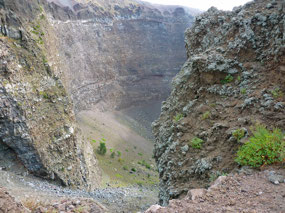
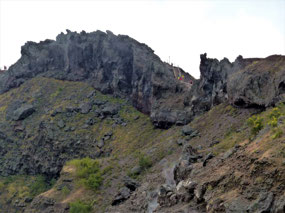
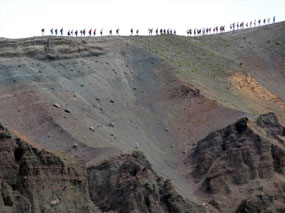
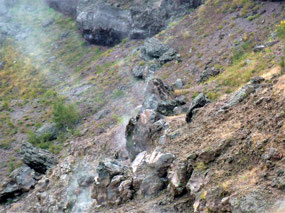
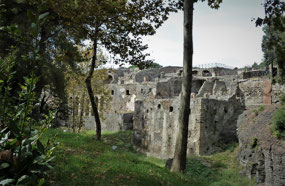
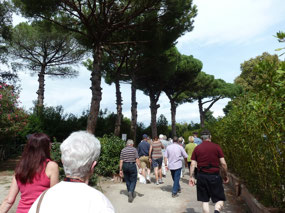
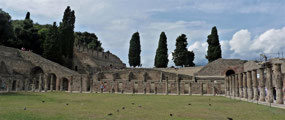
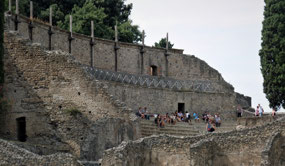

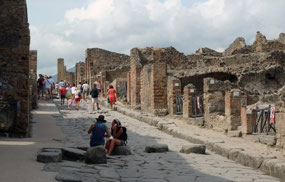
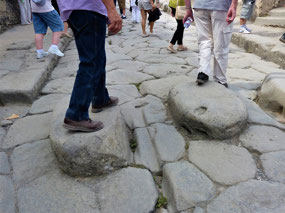
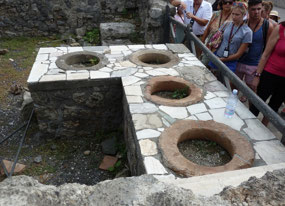
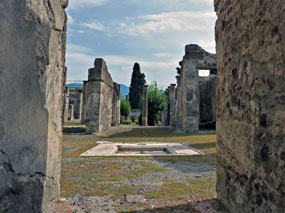
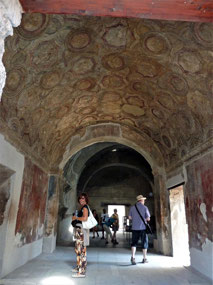
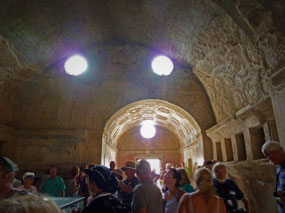
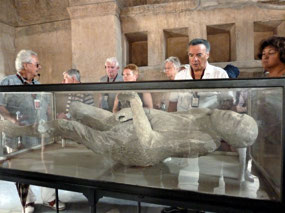
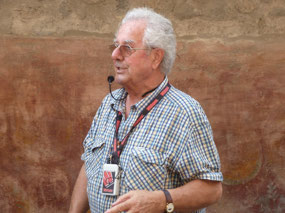
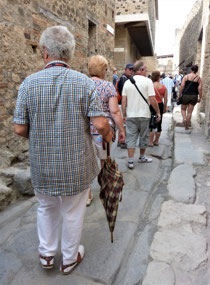
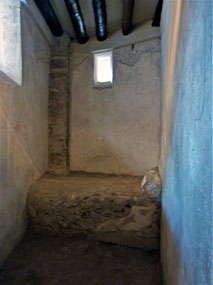
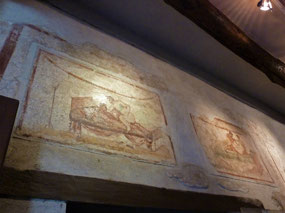
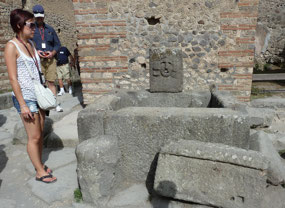
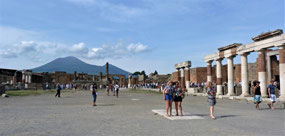

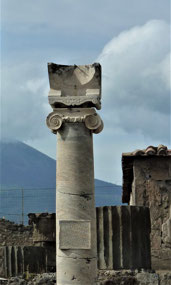
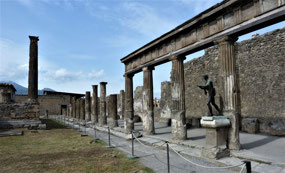
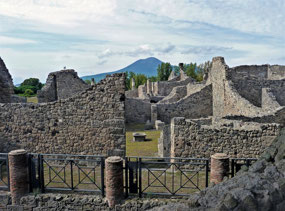
2025-05-23